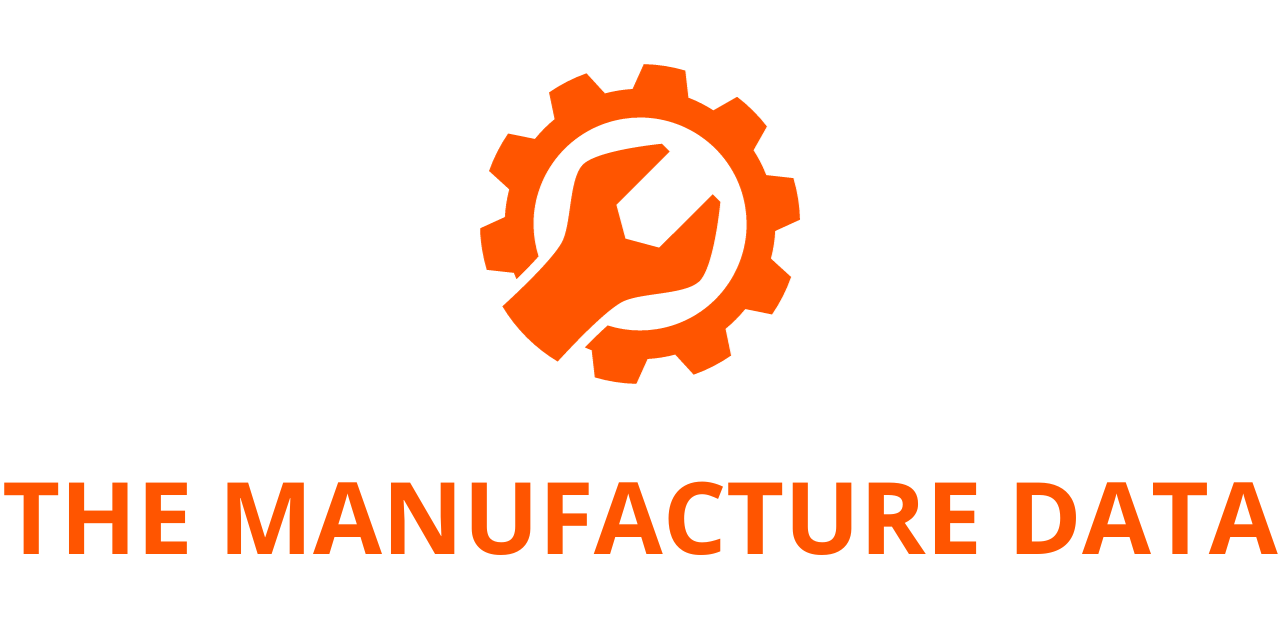
Accelerating Edge AI Innovation: AutoML for Embedded Now Available to Developers
As artificial intelligence (AI) continues its migration to the edge, the demand for smarter and more efficient embedded systems has surged. However, many developers still find it difficult to adapt complex machine learning (ML) models to fit onto small, resource-constrained devices like microcontrollers. The technical hurdles — from data preprocessing and model selection to hyperparameter tuning and hardware-specific optimization — can be daunting, especially for those without deep expertise in AI or embedded systems.
To eliminate these barriers, Analog Devices, Inc. (ADI) and Antmicro have joined forces to unveil AutoML for Embedded, a new open-source tool designed to streamline the development and deployment of AI models on embedded platforms. Now available as part of the Kenning framework, AutoML for Embedded automates the end-to-end ML pipeline, making edge AI accessible to a broader community of developers — from embedded engineers to AI practitioners.
A New Chapter for Edge Intelligence
AutoML for Embedded is a significant leap forward for edge AI. It enables developers to build, optimize, and deploy machine learning models to edge devices without getting bogged down by intricate codebases or platform-specific configurations. By offering automation across the entire pipeline, it dramatically simplifies model development and optimization, even for those with limited AI experience. At the same time, it gives seasoned professionals a robust tool to accelerate experimentation and iteration.
At its core, AutoML for Embedded delivers efficient, lightweight models that maintain strong performance while staying within the memory and power constraints typical of embedded systems. These models can be deployed to microcontrollers and edge AI hardware with minimal configuration effort, opening up new possibilities for applications across industries like manufacturing, consumer electronics, robotics, and healthcare.
Seamless Integration with ADI Hardware and CodeFusion Studio™
Built as a Visual Studio Code (VS Code) plugin, AutoML for Embedded integrates seamlessly into existing development workflows. It’s based on the Kenning library, a flexible, hardware-agnostic platform that simplifies AI deployment and benchmarking on edge devices. Developers working with ADI’s MAX78002 AI Accelerator MCUs or MAX32690 microcontrollers can now deploy models directly to these platforms through a streamlined interface.
In addition, AutoML for Embedded supports:
- Simulation environments using Renode, enabling digital twin testing before committing to physical hardware.
- RTOS compatibility, particularly with Zephyr RTOS, for real-time operating system workflows and system-level testing.
- General-purpose, open-source tools, so developers are not locked into proprietary ecosystems.
The tool provides step-by-step tutorials, reproducible ML pipelines, and example datasets to ease the learning curve, allowing developers to move from raw data to an operational edge AI model in record time — no deep AI knowledge required.
Powered by Industry Collaboration and Open-Source Innovation
The release of AutoML for Embedded stems from the ongoing collaboration between ADI and Antmicro, uniting hardware excellence with open-source software development. Both companies share a commitment to building open, developer-friendly tools that foster innovation in the embedded AI space.
“Building on the flexibility of our open-source AI benchmarking and deployment framework, Kenning, we were able to develop an automated flow and VS Code plugin that vastly reduces the complexity of building optimized edge AI models,” said Michael Gielda, Vice President of Business Development at Antmicro. “Workflows based on proven open-source solutions like Zephyr RTOS and Renode allow our customers to retain full control over their development while accelerating innovation.”
Under the Hood: How AutoML for Embedded Works
AutoML for Embedded leverages advanced machine learning techniques to automate model selection and tuning:
- SMAC (Sequential Model-based Algorithm Configuration) is used to explore optimal model architectures and training parameters efficiently.
- Hyperband with Successive Halving is implemented to focus training efforts on the most promising candidates early in the optimization process.
- Memory constraints are automatically factored in, ensuring model sizes are compatible with the target device’s RAM and compute limitations.
Once candidate models are generated, they are evaluated and benchmarked using Kenning’s standard flows. Developers receive detailed performance reports, including size, inference speed, and accuracy, helping guide deployment decisions.
Real-World Applications and Use Cases
AutoML for Embedded has already demonstrated significant value in real-world scenarios. In a recent use case, the tool was employed to develop an anomaly detection model for sensory time-series data running on the ADI MAX32690 MCU. The model was deployed and tested on both the physical hardware and its simulated counterpart in Renode, validating its robustness and real-time performance under varying conditions.
The versatility of AutoML for Embedded makes it suitable for a wide range of edge AI applications, such as:
- Image classification and object detection on battery-powered, low-resolution cameras
- Predictive maintenance and anomaly detection in industrial Internet of Things (IoT) environments
- Natural language processing for localized on-device voice or text processing
- Real-time motion recognition in wearable fitness devices, robotics, or interactive entertainment
Get Started Today
AutoML for Embedded is now available on both the Visual Studio Code Marketplace and GitHub, giving developers immediate access to its powerful capabilities. Whether you’re a solo developer or part of a larger engineering team, the tool offers an approachable path to deploying edge AI solutions without requiring in-depth machine learning or embedded systems knowledge.
Download AutoML for Embedded:
Interested in leveraging AutoML for Embedded in your own products? ADI and Antmicro are actively engaging with companies and developers seeking to bring smarter capabilities to their edge devices. The team invites you to share your ideas, give feedback, and contribute to shaping the future of open-source edge AI development.
Visit the developer portal to access documentation, tutorials, and support resources tailored to your needs.
The Future of Edge AI is Open, Scalable, and Within Reach
AutoML for Embedded marks a pivotal step toward democratizing edge AI. By removing traditional development bottlenecks and embracing open collaboration, ADI and Antmicro are equipping developers with the tools they need to innovate faster — and smarter — at the edge.




